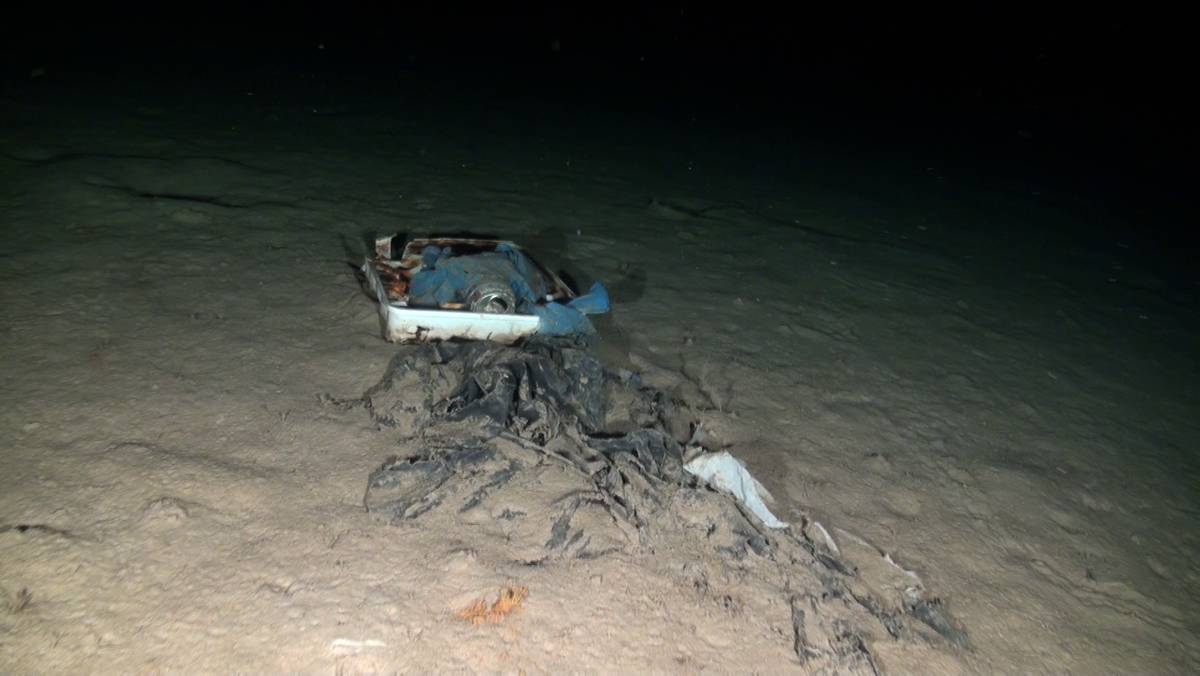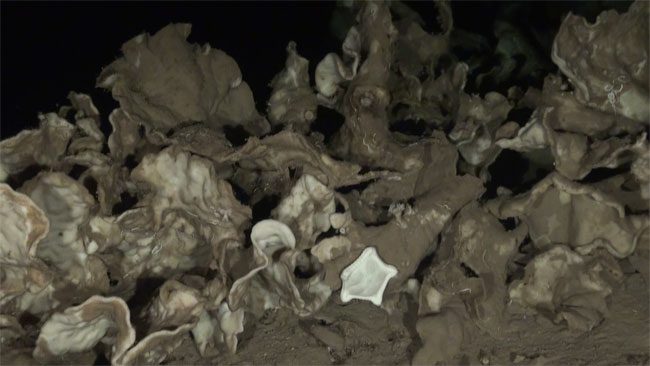August 30, 2013
Expedition Recap: Destroying the unknown
Several days ago, our 2013 Mediterranean Expedition came to a close. We still have hours of footage that need to be analyzed, but we wanted to share a couple of our finds. As we’ve mentioned before, the Emile Baudot escarpment, which we spent several days documenting, is an area that had never been studied before.
Unfortunately, despite its status as an unknown area of the Mediterranean, it has not escaped the reach of human impact: it was covered in trash. We spotted plastic bags, cans, drums, ropes, fishing lines and other debris deeper than 700 meters, and on the surface, our team reported that not a minute passed without seeing some form of trash float by.

While the major focus of our expedition was to study Emile Baudot, we also took the opportunity to use our underwater robot to explore nearby areas. It was a lucky call, as our team discovered a new habitat in the Mediterranean: a field of stone sponges on a seamount between Valencia and Ibiza.

Just to be clear, individual stone sponges have been seen in different parts of this sea, but never in such quantities as to form a habitat. Little is known about this species of sponges, and unfortunately, this habitat is located in an area that has been authorized for oil exploration by Cairn Energy. The Commission is also concerned and just last month, asked the Spanish Government for information about environmental safeguards.
Both of our finds illustrate one of the biggest problems facing the oceans and one of our greatest challenges as ocean advocates. We know so little about our oceans, and our knowledge can’t keep up with the speed at which we are impacting them. In both these cases, we ventured into unknown areas that have already been, or are about to be damaged by decisions made without any idea as to what kind of impact would be felt by local ecosystems.
If we do not know what is there, should we be allowed to destroy it? Absolutely not. That’s why Oceana is working to study as many areas as possible so we have the evidence we need to call into question permits for exploration and other damaging activities, and to share our information with the community at large.

